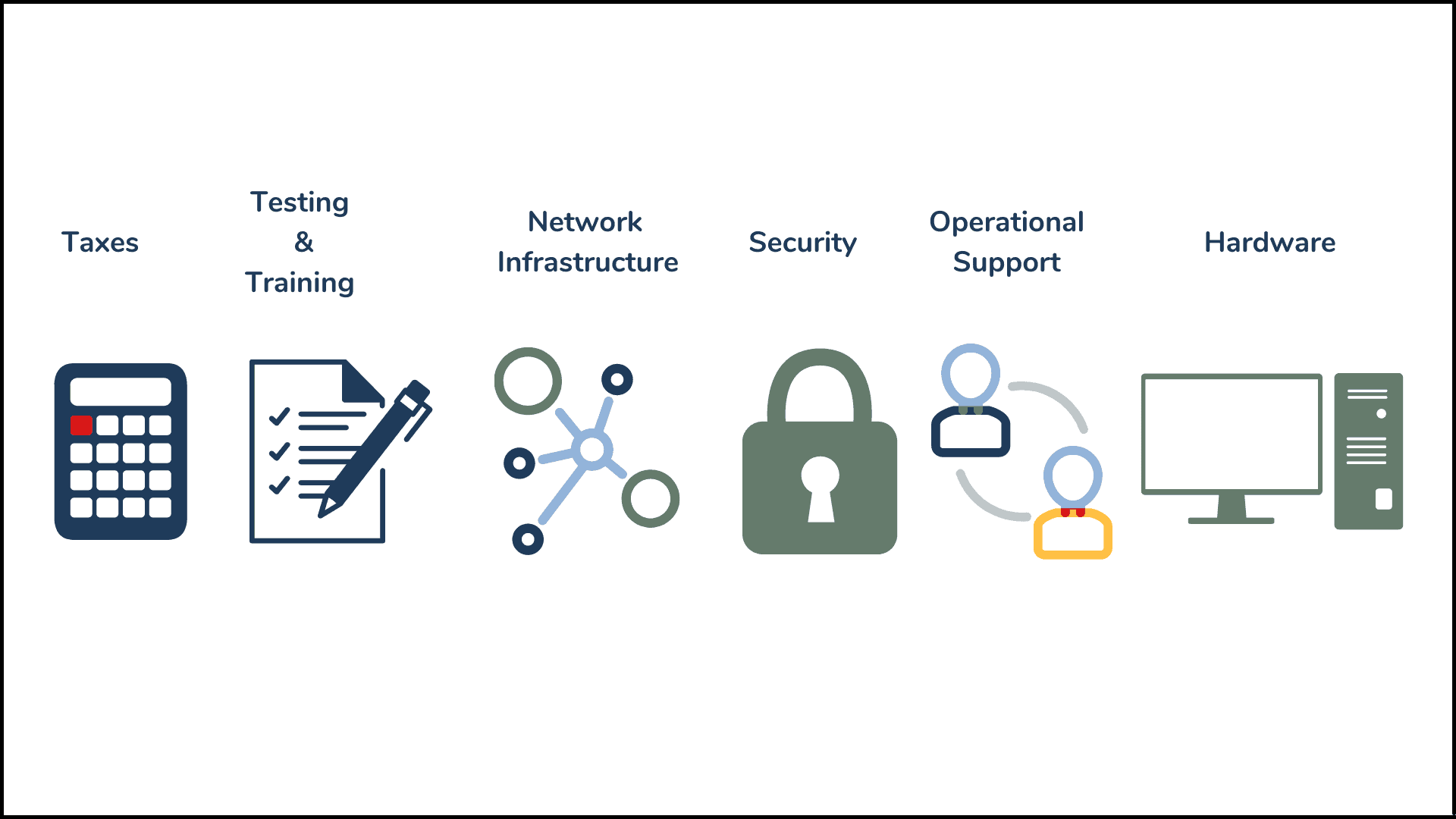Top Five Best Practices For Replacing Your Phone Systems with Microsoft Teams
If you haven’t moved to a cloud-based Unified Communications system, we have one question for you – why not? Remote work is growing more common and companies need to adapt. Additionally, employees now expect the flexibility and cohesiveness offered by UCaaS solutions, with functions such as integrated calendars, click-to-call, and presence all being required for a modern workforce.
We get it – migrations can be expensive, complex, or both. Phone systems are also delicate solutions that can cause a lot of pain if they’re messed up. But the longer you push off a phone system migration, the more you lose.
Most companies are already using a next-gen phone solution, even if they don’t know it: Microsoft Teams. Utilizing Teams can be a way to cut down on the confusion and uncertainty that comes with a UCaaS migration. But a Teams migration is not without its own challenges. In this blog post, we explore the key factors to consider when investing in cloud-based collaboration and contact center platforms for your organization.
1. Gain consensus on requirements internally before vendors set them for you.
Teams does a lot more than just deliver voice to end users. You need to gain internal consensus on what you want the tool to actually do. A lack of alignment can lead to competing stakeholder interests. If the IT department is focused on a 1-to-1 replacement of existing technology, and the business units are focused on new functionality, it can lead to conflicts that will prevent you from ever moving to a new platform. It’s essential to involve all relevant stakeholders in the decision-making process from the beginning. That way, you can…
2. Align stakeholder interests with technical architecture and requirements (independent of vendors).
Once you’ve decided on your business goals, translate them into technical architecture. Make sure your team can support the functionality desired by the business. Document any weak spots, question marks, or unknowns before you talk to Vendors. That way, you steer the conversation when talking to service providers. Don’t let them sell you a solution that doesn’t work for your team. And if you find your team is uncertain about a lot of the technical details, that just means you need to find a more comprehensive provider.
3. Maintain financial responsibility throughout the buying process.
This sounds like common sense, but there’s a lot of work that goes into maintaining financial responsibility when you’re buying tech. During the planning stage, take the time to document the TCO of your current solution. This helps you build a better business case for a new solution. During the buying process, make sure the vendor understands every one of your requirements, both functional and technical. This helps you eliminate hidden costs and features and gets you the best price. And when considering price, be sure to think about the cost of implementing your new solution so you…
4. Don’t skimp on reducing implementation risk.
Even if your company is already using Microsoft Teams, that doesn’t mean the implementation will be easy. Migrating from one phone system to another is always arduous, no matter what solution you’re moving to. Make sure the vendor details their implementation support during the buying process, and begin documenting an implementation plan even before the contract is signed. A technical solution is only as good as the people who set it up. And implementation is more than just porting numbers. It includes training, testing, documenting changes, and managing hardware changes. Making sure the implementation goes well means that all your end users will have a great experience. Which leads into…
5. Be clear on the future operating model – roles, responsibilities, and expectations.
Migrating to Teams will change the way your organization operates. Don’t wait until the go-live to figure out how. Be clear on the roles and responsibilities of your new solution before you purchase it. What do you want the vendor to manage? What do you want your team to be in charge of? How will end-users report issues, and who will respond to them? No matter the size of your implementation, document the future state, and make sure that anyone involved in managing the day-to-day operations of the phone systems understands their new role.


.png)



